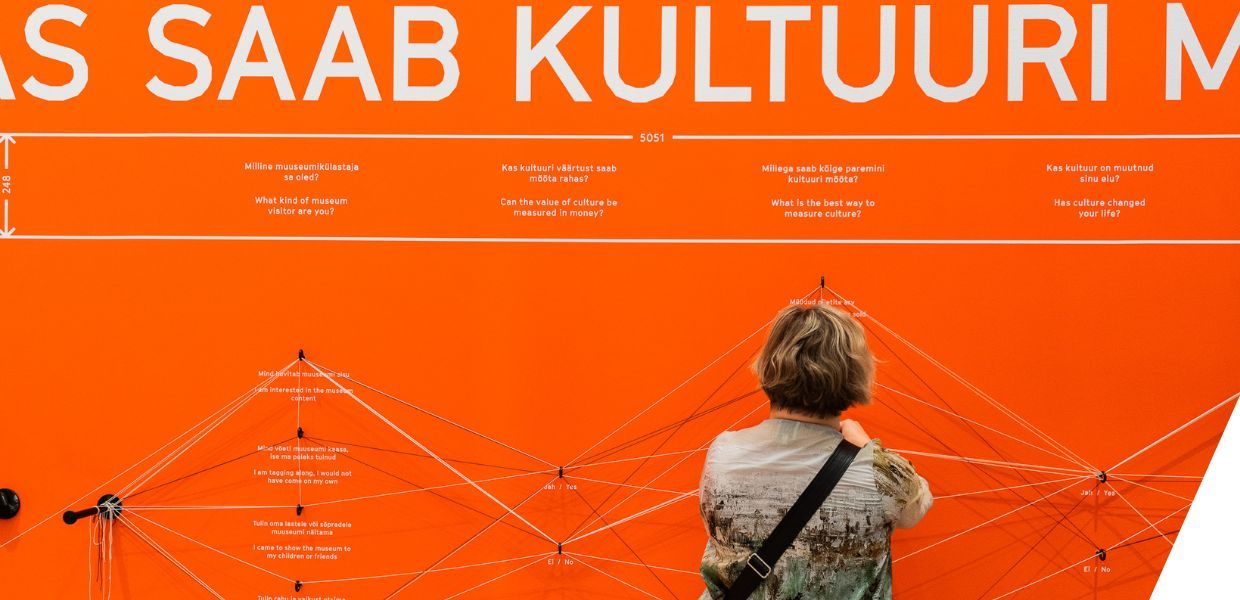The Estonian National Museum (ENM), collaborating with creative agency Domestic Data Streamers as part of the Me-Mind project, recently closed its doors on the Number Fascination exhibition. As well as questioning, celebrating and promoting better data collection practices about impact, the exhibition served as a data collection opportunity itself. We ask Pille Runnel, research director and deputy director (Estonian National Museum), and Me-Mind project leader Marzia Cerrai (Fondazione Sistema Toscana) about what they learned and their tips for other heritage institutions that want to embed impact and data collection into their exhibitions.
Thank you for speaking to us today! Can you tell us about the ‘Number Fascination’ exhibition, and how you collected data at it?
Through the Me-Mind project and the ‘Number Fascination’ exhibition we aimed to measure and visualise the impact of culture. We explored and explained how measuring and counting have historically evolved and how contemporary society has become a ‘datafied society’ which is heavily dependent on numbers and data analysis. While the exhibition showed the way data is linked with the digital, our interactive objects were analogue and hands-on, from playful interaction with worksheets to collectively creating a wall of coloured threads. We conducted observations and obtained additional insights into the kinds of visitors attending the exhibition and how they preferred to consume culture (for example, events, books or films).
What did you want to achieve with the exhibition?
The Estonian National Museum actively participates in research and learning projects. The Me-Mind project has helped us to advance how we collect and use data, not just for our internal decision-making and capacity-building, but also for how we communicate, interact and learn from our audiences. Our participation in the Museums of Impact (MOI) project has also been part of this journey, helping us to think about impact from the perspective of the organisation’s self-development and self-evaluation.
We are still learning how to implement a richer indicator framework that could help us manage the museum in a different way. Making an exhibition on measuring and counting, including how contemporary society is ‘datafied’, and asking visitors to participate in data collection was an intervention into this status quo, pointing out that data does not only ‘belong’ to the management.






